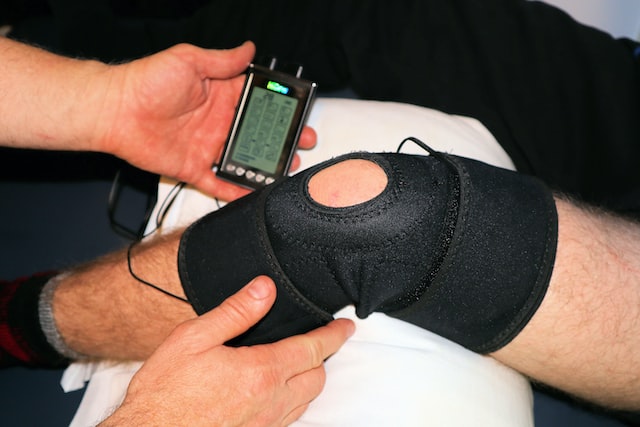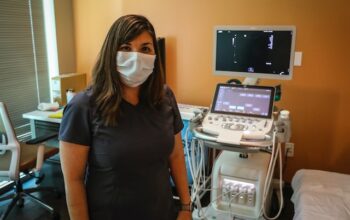You can do some things to help you manage the pain you’ll be experiencing after knee replacement surgery. The first thing you’ll need to do is to be patient. If you can wait and keep the pain at bay for a long time, you’ll be able to enjoy more quality of life.
Exercises
If you’ve just had a Full Knee Replacement Charleston, SC, consider incorporating exercises into your post-op regimen. Not only can these exercises help you recover, but they can also speed up your recovery.
First of all, you should get plenty of rest. You should avoid putting too much pressure on your new knee. However, it would help if you still kept yourself active. After a few weeks of light walking, you can put more weight on your leg.
Another excellent activity is swimming. This exercise is not only good for your heart, but it also helps to retrain your muscles. You can strengthen your upper body while you’re swimming.
Depending on the level of your rehab, you may be able to start swimming three to six weeks after your surgery. Be sure to check with your doctor before getting into the pool.
Physical Therapy
There are a variety of ways to manage pain after knee replacement surgery. Some patients start physical therapy right after the procedure, while others may opt for a home-based rehab plan. Whichever route you choose, you can expect to reap the benefits of a physical therapist’s knowledge and experience.
A physical therapist can teach you various safe and effective exercises to help you regain mobility and strength after your procedure. These exercises may include a range of motion exercises, strengthening exercises, and balance and posture exercises. During your recovery, you’ll work toward getting up from a chair, climbing stairs, and performing light household chores.
Depending on the type of surgery you have, you may also be prescribed a walking aid to get you through the initial stages of your recovery. Your therapist will guide you in using this device to get up on your feet and get around.
Acupuncture
Acupuncture is a safe and effective means of managing pain after knee replacement surgery. The technique uses hair-thin needles to stimulate specific points on the body. It reduces inflammation, improves blood flow, and releases tension in soft tissues.
There are several studies on the effectiveness of acupuncture for pain management after TKR. Various studies found that acupuncture reduced post-surgical pain, nausea, and vomiting. Another study reported that patients using acupuncture report fewer opioid usage, fewer complications, and higher quality of life. However, the long-term effects of acupuncture are not yet established.
To determine the effects of acupuncture on pain after TKR, systematic reviews were conducted. Two reviewers independently searched five English medical electronic databases. They identified nine randomized clinical trials.
Sleep
Sleeping can be an important part of the recovery process after knee replacement surgery. Sleeping can even help you deal with pain.
There are a variety of factors that influence sleep quality, including pain relief medication. Talking with your physician about your sleeping patterns is a good way to ensure you’re getting enough rest. You may also want to use a bedside alarm to remind you to take your medications.
While you’re asleep, you may choose to elevate your knee to help alleviate pain. However, it would help if you didn’t go overboard. That’s because a leg that’s too high may cause you to hyperextend your knee, increasing your pain. If you want to raise your leg while you sleep, place a pillow underneath the length of your calf. This helps to keep your leg straight and supports blood flow.



